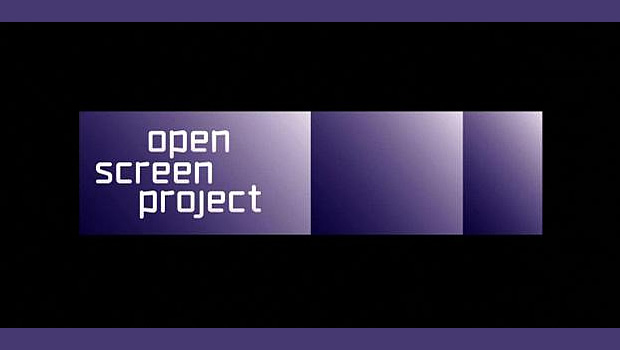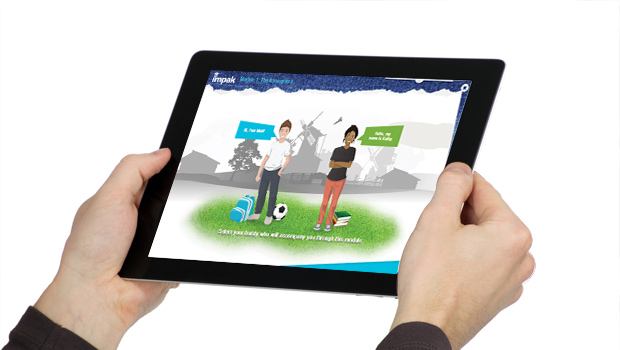Adobe recently announced AIR for Mobile devices. This is an outcome of the Adobe initiated Open Screen Project, which was started a couple of years back. The Open Screen Project was started to help create a singular experience on multiple devices (using Flash) be it Computers, Mobiles, TV or Game consoles. There are several futuristic videos about how it will work available at http://www.openscreenproject.org/.
Why is Adobe really doing this?
Porting the same experience whether it is standalone or in-browser content, on a variety of platform remains a challenge due to fragmentation and deployment barriers. Adobe wants to latch onto the developer group that’s comfortable with Flash, yet wants their services and content to run across platforms – this by making its runtime consistent across all devices and encourage developers to design accordingly. Obviously, using Flash platform tools offered by Adobe. In other words, it’s an effort to make the Flash platform a de-facto development & delivery standard for the entire gamut of devices. Though some Flash platforms tools like the Flex SDK are freely available from Adobe, for animation and design you still need to depend on Adobe’s Creative Suite of tools – which is not free.
What’s Adobe’s contribution?
The most important one is Adobe removing restrictions on SWF and FLV/F4V specifications. So one can now develop software that can actually “play” SWF content. Also porting Flash runtimes on handheld devices has been made royalty free (which wasn’t the case earlier).
How’s it going?
Since the start of the project virtually everyone has joined the project , except for Apple. Here’s a whole bunch of CEOs praising the Open Screen Project. The alliance looks seriously large now especially with Google and Microsoft recently becoming part of it. As this Gigaom article points out chances are the Open Screen Project may be bigger than iPhone. It says – “The iPhone is awesome, but getting the full web experience on your set-top box or TV is something that represents a far bigger opportunity”.
One very significant partner in this list is ARM, the chipmaker that licenses its IP cores to handheld device makers. Flash is already optimized for x86 which rules the desktop market. It is estimated that ARM based devices will overtake x86 based ultra-mobile devices in near future. It is important for Adobe to partner with ARM to target support for future devices that are beyond mere mobile phones.
Is there competition for Flash?
For RIAs, the target HTML5 specifications do have the potential to deliver a comparable experience. Checkout this drawing application made in HTML5. Even though HTML5 standards have not yet formalized, many browsers have started implementing the guidelines and encouraging developers to develop and test their applications.
In the mobile browser market, Webkit browser engine and Opera have taken the lead. The Webkit engine has been adopted by multiple smart phone (like iPhone, Android, Nokia, and Palm Pre) browsers that account for 65% of device market share. Recently, even Blackberry is adopting a Webkit based browser. Given the market share of Webkit, most smart phones will feature HTML5 rendering in the near future. Opera has released a HTML 5 version (Opera mobile) for Windows Mobile.
It’s interesting to note that most popular hybrid application frameworks like Phone Gap, QuickConnect, RhoMobile, Titanium Mobile, are based on HTML5 features to provide a rich application experience. So if we consider rich web applications for mobile, HTML5 is a clear competitor to the Flash platform to build a web-based cross-device service development and delivery platform.
Will the Open Screen Project be successful?
With their Open Screen Project Adobe is clearly preparing for the upcoming competition from HTML 5. The alliance partners are aligning themselves with BOTH the HTML 5 as well as Flash – may be no one is sure who will win. Or they all know HTML 5 will – ultimately.
I don’t think it is simple to answer this one. Check out this article by O’Reilly, to get an idea of the war for the web that’s on. Also there are strong reasons for HTML 5 not being able to replace Flash as pointed out by a former Macromedia person Jeremy Allaire.
For eLearning (& mobile learning) I think Flash will remain the obvious tool till for some time. Even if HTML5 gets stronger in terms of features etc, it would take even more time to reach the kind of designer-developer collaboration and the large communities that have emerged around Flash platform. Vector-based graphics creation and playback is crucial for eLearning and mLearning courses. That’s an easy game with Flash tools and I doubt HTML5 can compete there until we see some sophisticated designer-developer tools come up. We would love to see the Open Screen Project evolve Flash platform to be available for virtually all digital devices. It would help eLearning developers to focus on developing engaging and quality experience without concerning about technical difficulties.
I would like to hear back comments from learning professionals about their take on the Open Screen Project.


















